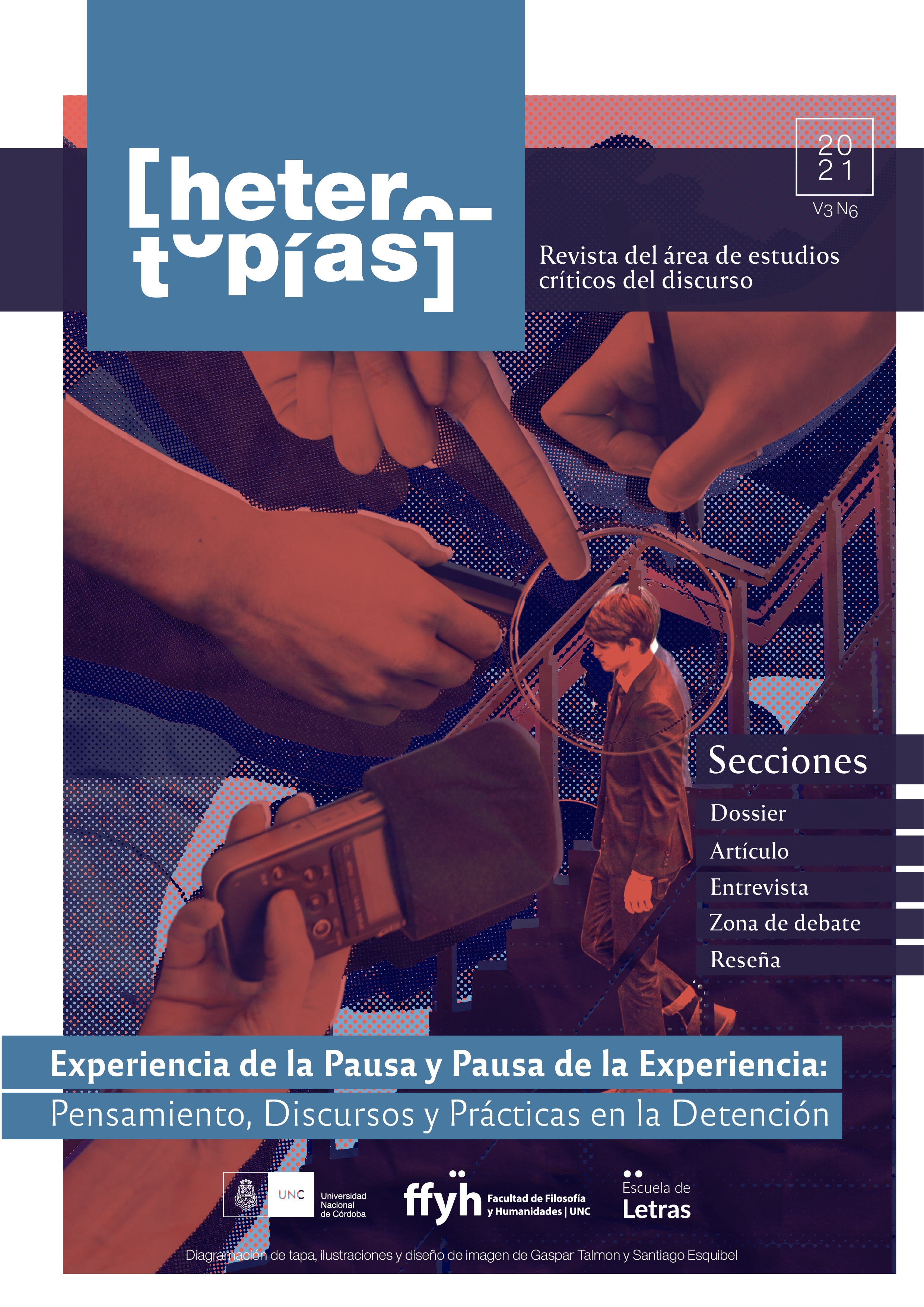Another end of the world is possible. Art and politics in the situated museum. Interview with Ana Longoni
Main Article Content
Abstract
Luis Ignacio García interviews the writer, researcher and curator Ana Longoni from a distance and virtually. The conversation assumes and tries to explore the limits of the technical mediation that has framed most of our exchanges in the teaching and research activity in this complex year. The topics addressed cover the multiplicity of facets of Longoni's production and action around the tensions between art and politics, with special emphasis on her work in recent years as Director of Public Activities at the Reina Sofía Museum, and especially on the policies deployed by the museum throughout the pandemic. The expanded forms of a situated, networked and feminist museum for which Longoni works in its concrete praxis and management were at the center of the exchange. The following text transcribes the conversation, adapting it to the writing, but trying to maintain the fluidity and rhythm of the orality from which it starts.
Downloads
Article Details

This work is licensed under a Creative Commons Attribution-NonCommercial-ShareAlike 4.0 International License.
Those authors who have publications with this journal, accept the following terms: Those authors who have publications with this journal, accept the following terms:
a. The authors will keep their copyright and guarantee to the journal the right of first publication of their work, which will be simultaneously subject to the Creative Commons Attribution - Non-Commercial - Share Alike (by-nc-sa) Attribution License; no commercial use of the original work or any derivative works is allowed, the distribution of which must be done with a license equal to the one that regulates the original work.
b. Authors may adopt other non-exclusive license agreements for the distribution of the published version of the work (e.g., deposit it in an institutional telematic archive or publish it in a monographic volume) provided that the initial publication in this journal is indicated.
c. Authors are allowed and recommended to disseminate their work through the Internet (e.g. in institutional telematic archives or on their website) before and during the submission process, which may lead to interesting exchanges and increase the number of citations of the published work. (See The effect of open access).
